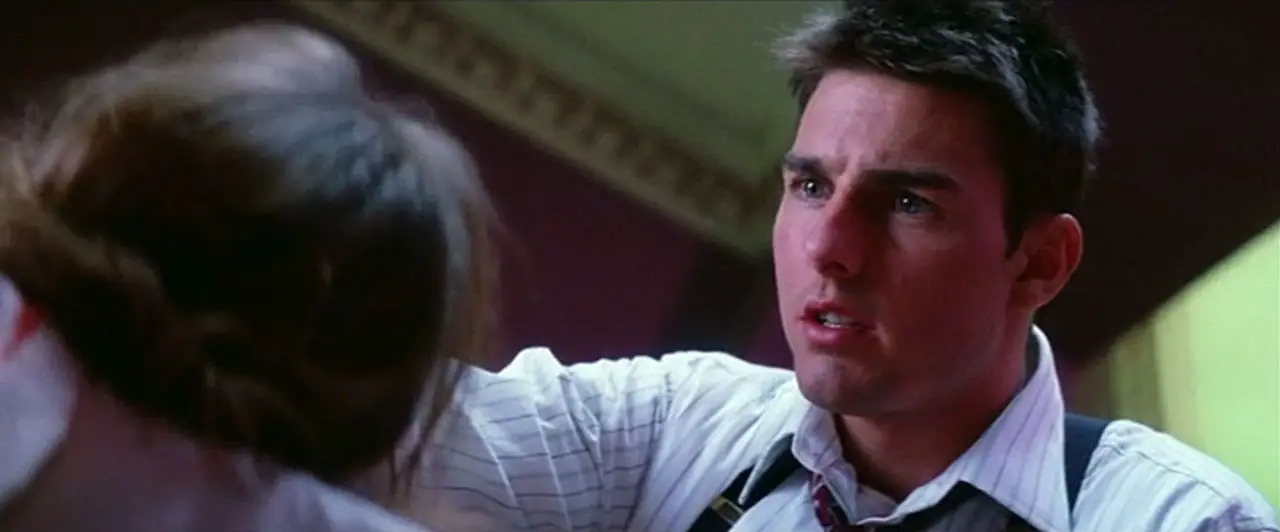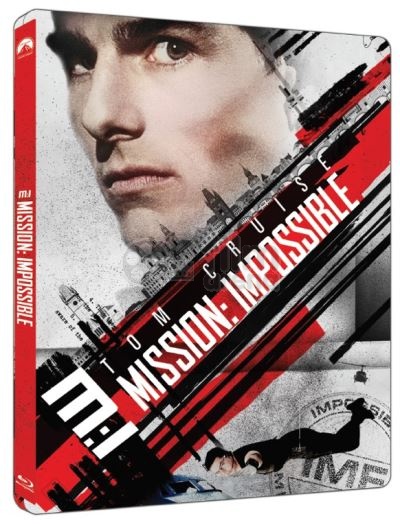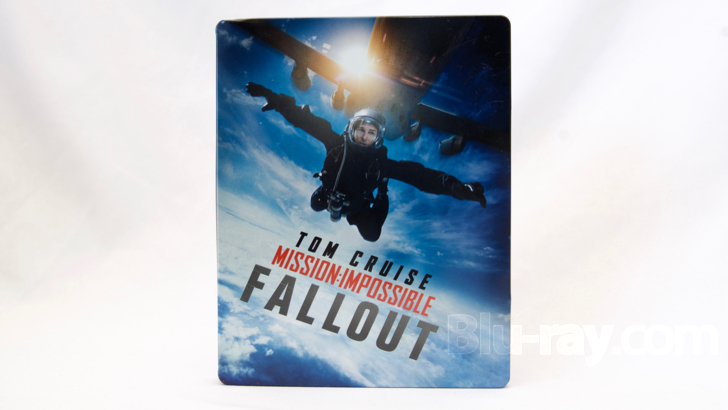

The two 2k images are projected over each other. The 70mm projector has been replaced with two Christie 2K projectors which use proprietary image processing. In 2008 the company began the rollout of its solution - a new IMAX Digital theater. But the 70mm projectors and huge box screens were found to be way too expensive to build in mass quantities. The Hollywood success of IMAX resulted in even more expansion. Hollywood is taking note, and I'm sure we'll be seeing a couple more tentpole films each year employ IMAX cameras in their production. Mission: Impossible had an exclusive release in IMAX theatres, grossing an amazing $13 million from only 425 screens. The film premiered on 46 times that many standard screens (4,366 domestically). But Nolan's The Dark Knight was a game-changer, and the film's large format 33-week run grossed $49.9 million from IMAX venues alone - nearly 10% of the film's gross. Warner Bros converted scenes from the Harry Potter films and Superman Returns into IMAX 3D, which proved very profitable.

Early IMAX up-conversions like The Matrix sequels and a rerelease of Apollo 13 were considered successful, but the 2004 computer animated film The Polar Express in IMAX 3D was a game-winning grand slam (at least a quarter of the film's gross of $302 million came from less than 100 IMAX screens).
Real or fake 4k mission impossible movie#
These up-conversions do not look anywhere as good as a movie shot in 15perf 70mm IMAX, but the argument is made that making a 70mm copy of the 35mm original looks better than a 35mm copy of a 35mm original as it loses less in the transfer and gains from IMAX's Digital Media Remastering system. IMAX theaters began to expand in the late 1990's/early 2000's around the time that they developed the IMAX 3D format - it was something unlike what most people had even seen at their local movie theater.Īround this time, in 2002, Hollywood began releasing up-conversions of movies in IMAX theaters. The IMAX format was originally found in museums and sometimes dome theaters. While the aspect ratio of traditional movies is a widescreen (usually 1.85:1 or 2.35:1), IMAX is closer to that of a rectangle at 1.43:1. With IMAX format, each frame is 15 perforations wide, and the area of the frame is about 52mm high by 70mm wide - almost 9 times larger than the conventional 35mm frame used in traditional movie theaters.

The result is a much MUCH larger resolution, from both 35mm film and even the old school "70mm". In the 1970's, the IMAX corporation developed a new way to shoot and project 70mm film run through the projector horizontally, so that the width of the film is the height of the frame. You might recall that classic movies like Lawrence of Arabia and West Side Story were shot in 70mm on the Super Panavision 70 camera and projected in 70mm at special roadshow screenings. We will explain the difference, chronicle the history, and answer the question in this week's edition of Q&A!
Real or fake 4k mission impossible full#
So the question is: Do you know where to experience these films in full 70mm IMAX? Or have you been watching Digital IMAX, known to most film geeks as "LIEmax"? Because the difference can be EVERYTHING. There is no denying that the IMAX shot footage looks breathtaking, and having the image expand to the full IMAX screen results in an experience unlike anything else.

The much anticipated The Dark Knight Rises will feature nearly 50 minutes of full IMAX footage. Brad Bird's Mission: Impossible - Ghost Protocol, in theaters now, features 23-minutes shot with 15-perf 70mm IMAX cameras. As Hollywood has gone 3D crazy, some filmmakers are embracing an entirely different experience - IMAX.


 0 kommentar(er)
0 kommentar(er)
